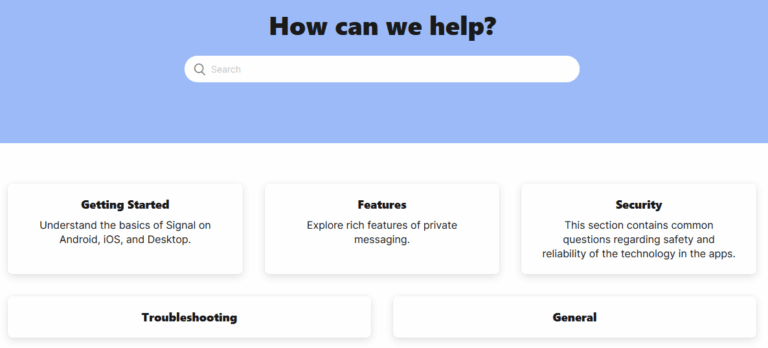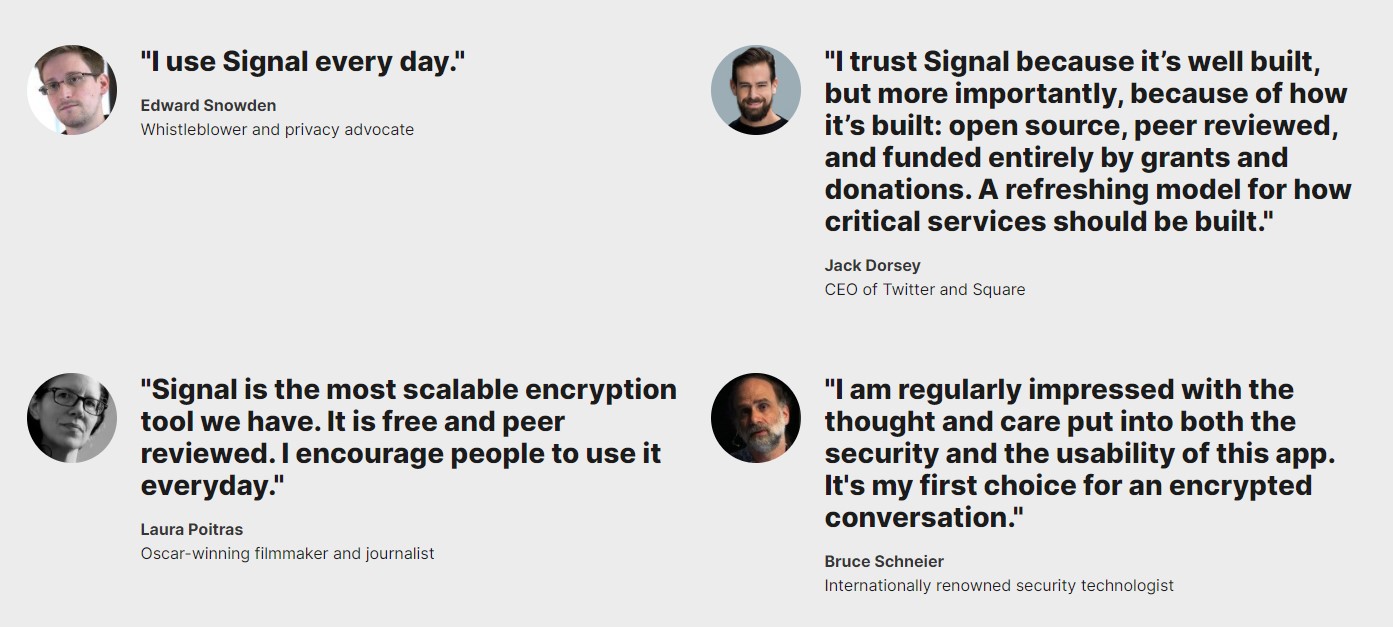

Return await AcquireByDeviceCodeAsync(pca) If you want to provide a more complex user experience, check out ex.Classification No token found in the cache or Azure AD insists that a form interactive auth is required (e.g. Return await pca.AcquireTokenSilent(Scopes, accounts.FirstOrDefault())

All AcquireToken* methods store the tokens in the cache, so check the cache first Var accounts = await pca.GetAccountsAsync() IPublicClientApplication pca = PublicClientApplicationBuilder The authority passed in the PublicClientApplicationBuilder needs to be:.Device Code Flow is only available on public client applications.Upon successful authentication, the command-line app will receive the required tokens through a back channel and will use it to perform the web API calls it needs. That done, the web page will lead the user through a normal authentication experience, including consent prompts and multi-factor authentication if necessary. Whenever user authentication is required, the app provides a code and asks the user to use another device (such as an internet-connected smartphone) to navigate to a URL (for instance, ), where the user will be prompted to enter the code. Examples of such applications are applications running on IoT, or Command-Line tools (CLI). By using the device code flow, the application obtains tokens through a two-step process especially designed for these devices/OS. However, in the case of devices and operating systems that do not provide a Web browser, Device Code Flow lets the user use another device (for instance another computer or a mobile phone) to sign-in interactively. Interactive authentication with Azure AD requires a web browser (for details see Usage of web browsers). Navigate over to Signal Settings → Linked devices.Device code flow is not supported by Azure AD B2C.

Open the Signal app on your mobile phone. Linux: The on-screen prompts will help you configure the Signal repository and install the Signal package.macOS: If you are a non-admin user, then search ~/Applications using Spotlight and move Signal into the Applications folder.

Windows: Double click the installer file and follow the on-screen prompts to install the Signal desktop client on your PC.folder.If your PC meets the requirements, then you can head below, to download the latest version of the Signal messaging application for PC. Linux 64-bit distributions supporting APT, like Ubuntu or Debian.Make sure that the operating system installed on your Desktop is running: Once you have installed and confirm that the Signal app is working on your Android or iOS mobile phone, then you can go ahead installing the client on your desktop.


 0 kommentar(er)
0 kommentar(er)
